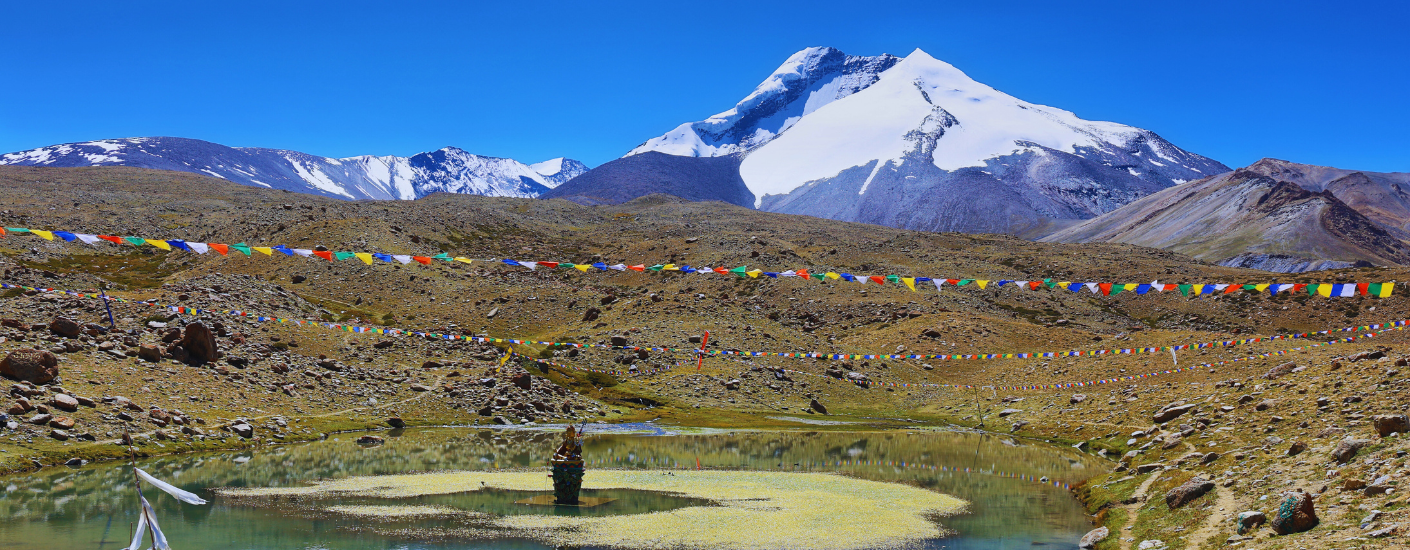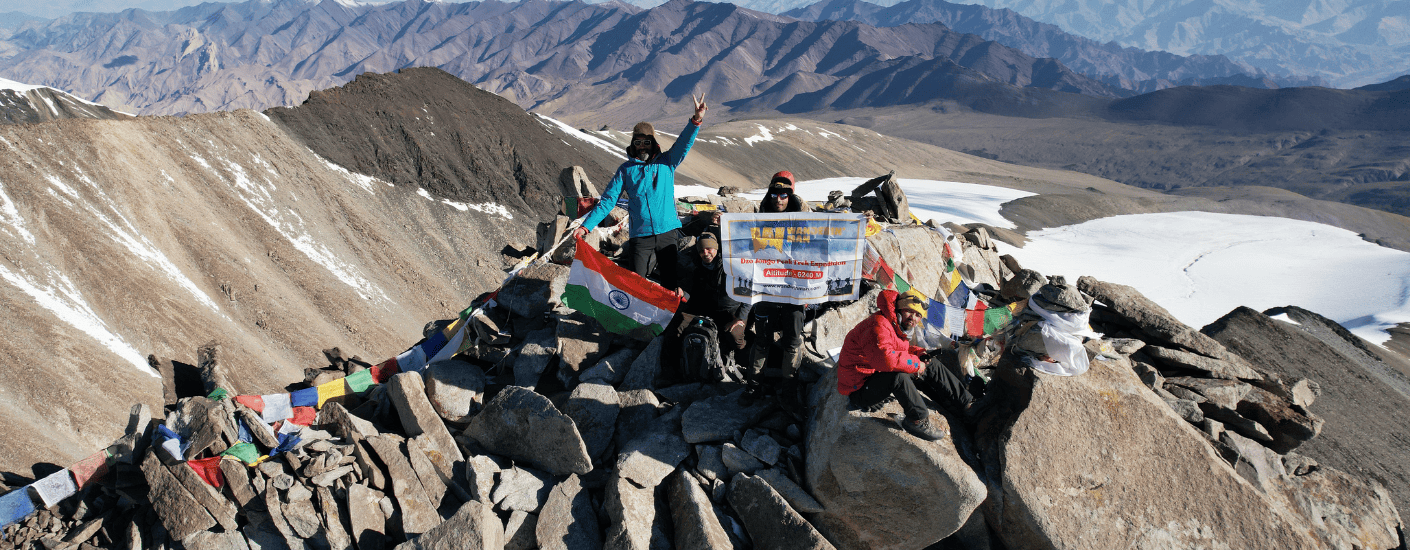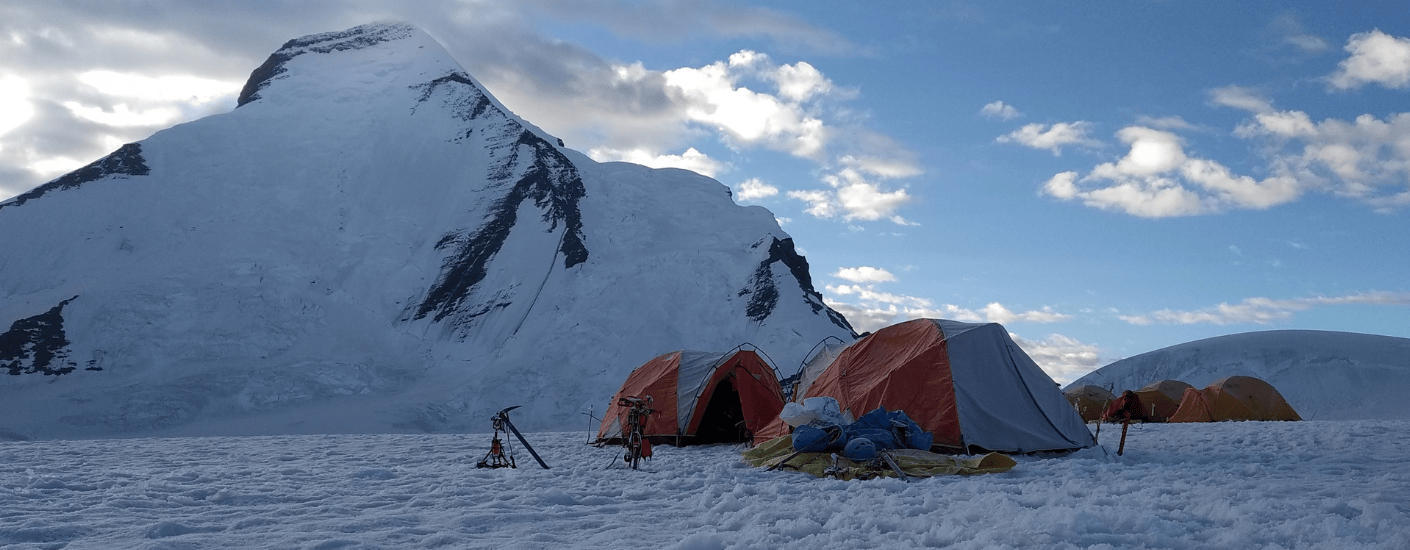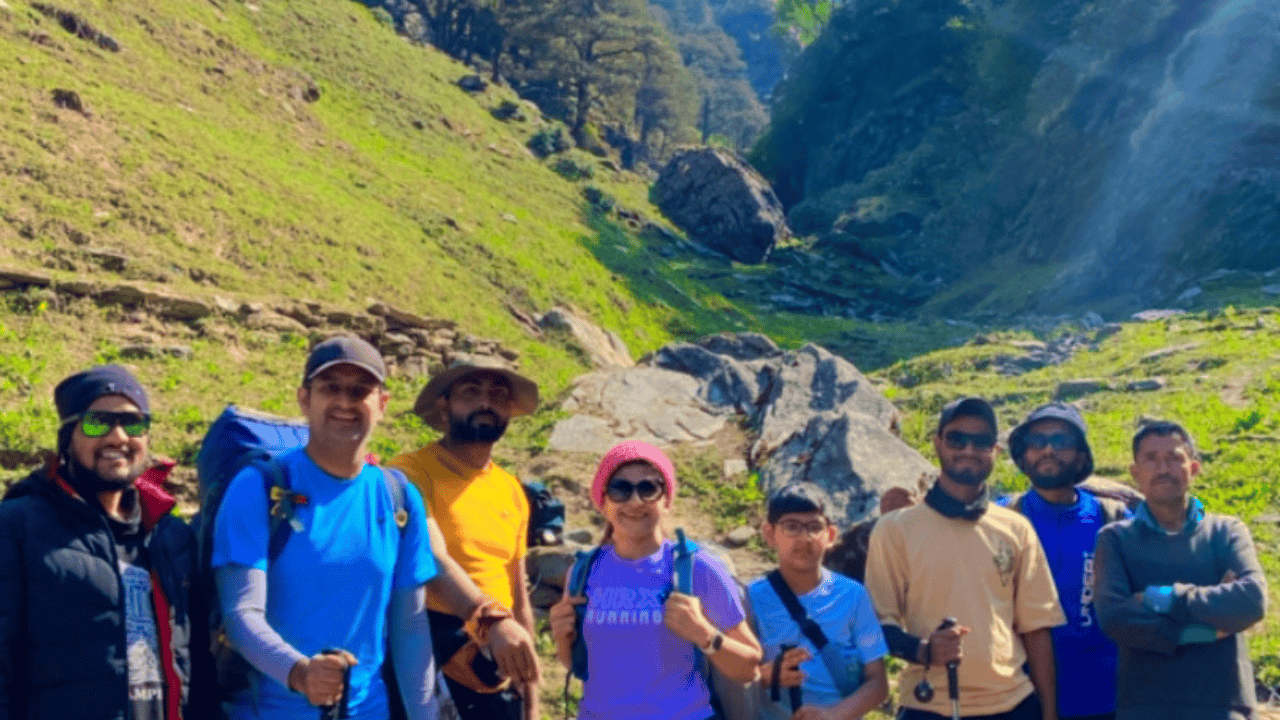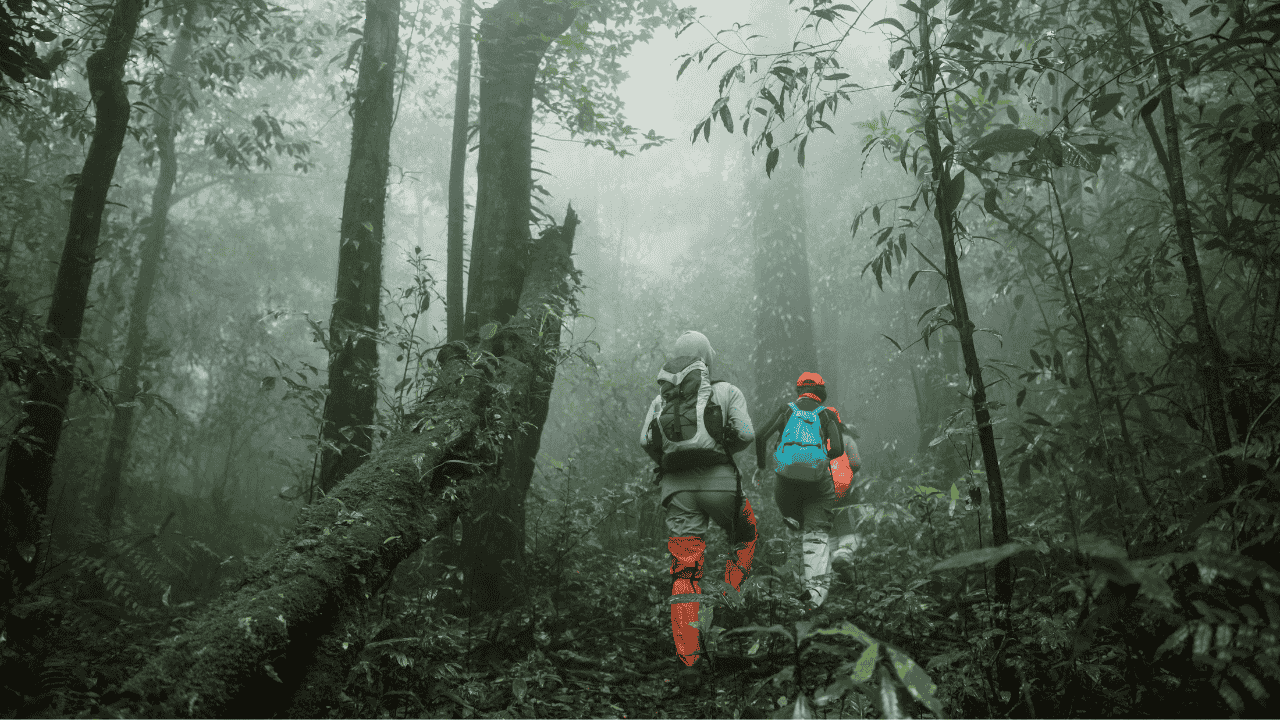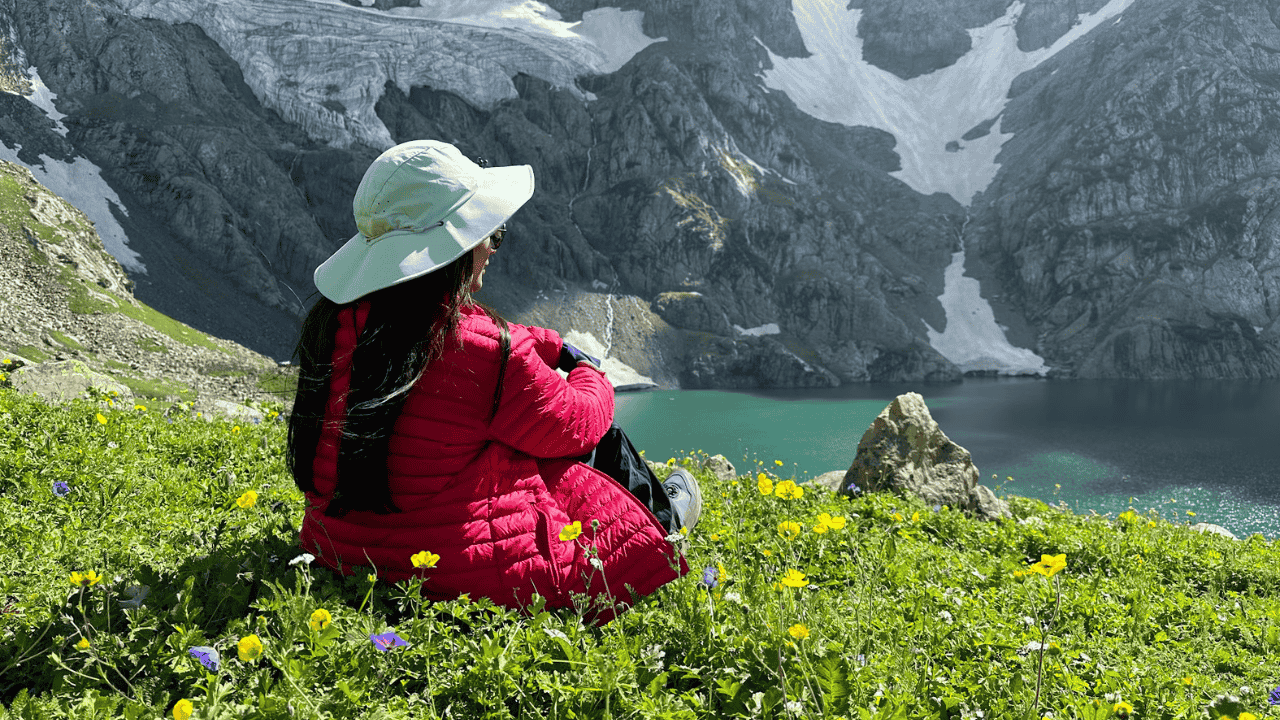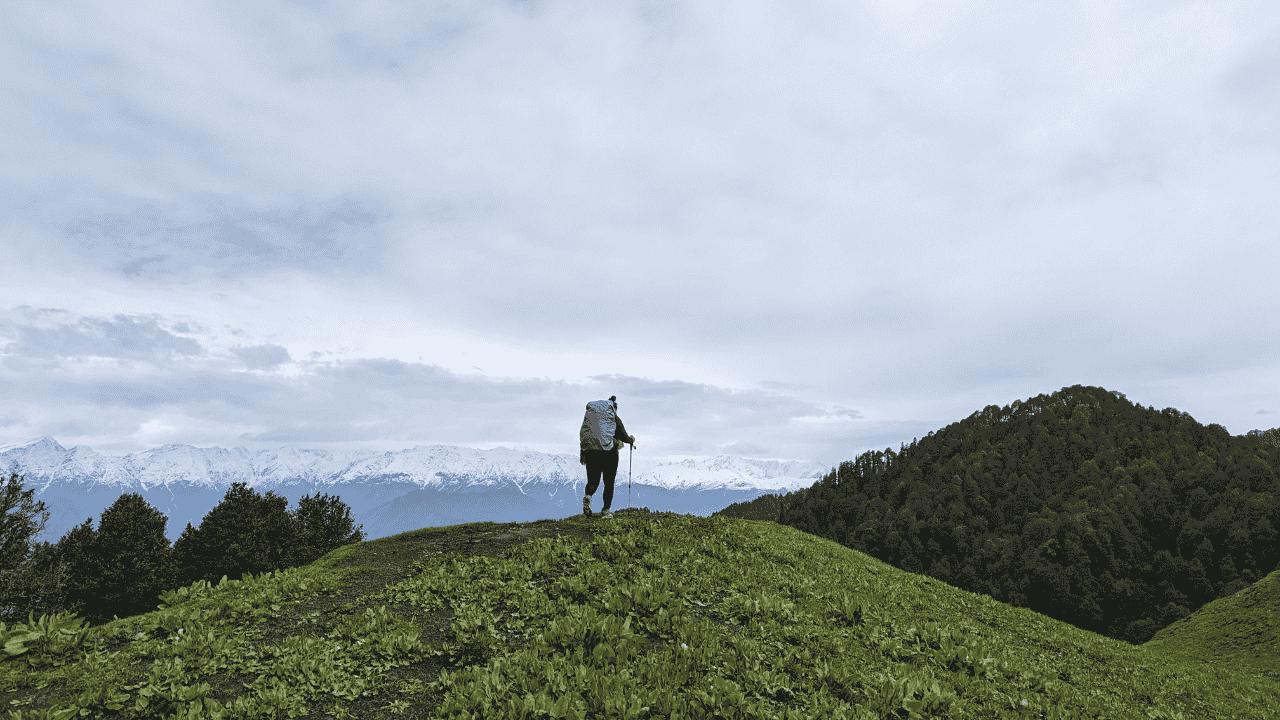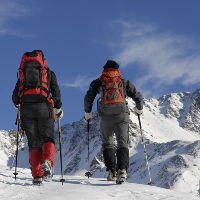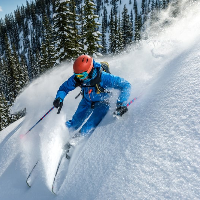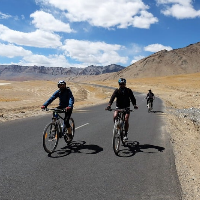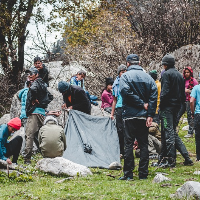Itinerary Description
Introduction Standing tall at 7075m (23212 ft) is Mt. Satopanth, which is located in the Gangotri range of Himalayas in Uttarakhand. Satopanth peak is a majestic peak which is a picture of high altitude and technical complexity. Therefore, Satopanth expedition is counted as one of the most difficult among all the peaks in the region. Added to the complex terrain is the set of unpredictable weather and thin air on high altitudes. Mt. Satopanth expedition could be the real test of the skills and endurance for the mountaineers. Mt. Satopanth peak climbing expedition is your calling if you think of yourself capable enough to tackle its challenges. The biggest factor that could be posing questions before you about Mt. Satopanth expedition is its technical complexity. Given its unpredictable weather and high angled slopes combined with dropping temperatures, it is necessary to have the prescribed experience and technical knowhow to take up the quest. The expeditionist is required to have good technical knowledge of the equipment and having prior experience of having scaled 6500m peak. Best Time The best time to scale the summit is during the month of May to September. At this time of the year the summit provides the best conditions suitable to scale the summit. The summit presents a demanding difficulty due to crevasses and rocky moraines. The air thinning will also pose a major challenge. Thus, it is necessary to acclimatize properly to with stand the unpredictable conditions.
Short Itinerary
Detailed Itinerary
Day 1
Day 0: Arrival in DelhiDay 2
Day 1: Dehradun to GangotriDay 3
Day 2: Stay at Gangotri (Acclimatization)Day 4
Day 3: Gangotri to BhojbasaDay 5
Day 4: Bhojbasa to TapovanDay 6
Day 5: Tapovan to NandanvanDay 7
Day 6: Nandanvan to Vasuki Tal base campDay 8
Day 7: Acclimatization at Base campDay 9
Day 8-19: Scaling the SummitDay 10
Day 20: Departure to New Delhi via GangotriDay 11
Day 21: Reserve DayWHAT'S INCLUDED
- ●Food as per menu on the expedition
- ●Forest Permits/Camping Charges (upto the amount charged for Indian nationals)
- ●4 season Dome Tents, Thermal rated Sleeping bags, Sleeping mats
- ●Safety Equipment includes static rescue rope, seat harness, carabiners, pulleys
- ●Expedition guide, cook, helpers, HAP and LAP for carrying common supplies
- ●Course certified & experienced Expedition Leader with Wilderness Emergency Responder & Rescue. course from NIM Uttarkashi
- ●Technical Equipment - PP Ropes, Helmet, Ice Axe, Crampons, Mountaineering Boots, Snow Stake, Dead Man/Boy
- ●Peak Booking Fee Charges (upto the amount charged for Indian nationals)
WHAT'S NOT INCLUDED
- ●Portage of personal bags during the expedition.
- ●Hotel accommodation in Delhi.
- ●Meals during hotel stay in Uttarkashi & Gangotri.
- ●Cost of any kind of Insurance. Since insurance is mandatory, kindly get yourself insured from our partners ASC360 through www.asc360.com
- ●Only for foreign nationals US$ 1000 for a team of two members and US$ 450 fo
- ●Forest Permit / Camping Fee for foreign nationals (USD 880-1000 upto group o
- ●Mandatory Liaison Officer Fee for foreign expeditions (~USD 500 for group of
Are you eligible for this adventure?
Annapurna Base Camp Trek takes you to a height of 4,130M and is rated a moderate level trek for its long trekking distances. For its elevation and distances, it is recommended for trekkers with some prior experience in the high-altitudes.
Grade
Challenging
Max Altitude
7075 mts
Distance
81 km

WMRS Level Required

Terrain

Prerequisite Skills

Fitness Benchmark
WMRS Level Required
WMRS 8
Annapurna Base Camp Trek is a level 4 adventure on the Bikat Rating Scale.
This makes it mandatory for you to have high-altitude experience of preferably multiple treks marked at level 3 on the WMRS. The altitude, the terrain, and the nature of the climb demand a certain level of endurance and a need for you to be aware of how your body reacts to the various features of the high-altitude environment.
If you do not know what level of WMRS trek would suit you best, worry not! Fill out this Form:
We will send you a progression chart to help you comfortably get out of your comfort zone in order to level up and ultimately reach your highest potential in the big, bad world of outdoor adventure.
Packing List
This is a list of essential items for individuals going on a trek with Wanderin’ Man Adventures. This list contains only those items which the participants are required to bring with them. The list excludes those items which are provided by Wanderin’ Man Adventures on the trek. We have divided the items into five categories. All the items in the list are essential except for those marked as optional.
🟩 Trekking Gear
- Rucksack bag with rain cover
- Day Pack Bag - Recommended for treks with summit day
- Head Torch with spare Batteries
- UV protection sunglasses
- Water Bottles - 2 bottles of 1 liter each
🟩 Footwear
- Non-skid, deep tread, high-ankle trekking shoes - 1
- Pair of light weight Slipper/Sandals for the campsite - 1
🟩 Clothing
- Quick Dry Warm lower or Track Pants - 2
- Full sleeves T-shirts/Sweatshirts (1 for every 2 days of trekking)
- Pair of thick woolen socks (1 pair for every two days of trekking)
- Thermal Body warmer Upper & Lower - 1
- Undergarments (1 for each day of the itinerary)
- Warm jacket closed at wrist & neck - 1
- Full sleeves sweater - 1
- Rain wear (Jacket & Pants) - 1
- Pair of water-proof, warm gloves - 1
- Woolen cap - 1
- Sun shielding Hat - 1
- Multipurpose Buff - 2
🟩 Toiletries
- Personal toiletries kit (Small Towel, Toilet paper, paper soap, Bar soap, toothbrush, toothpaste, cold cream, etc.)
- Sun screen lotion small pack (SPF 30 & Above) - 1
- Lip Balm small pack - 1
🟩 Utensils
- Small size, Lightweight & Leak proof lunch box - 1
- Plate - 1
- Spoon - 1
- Tea/Coffee (plastic) Mug - 1
🟩 Miscellaneous
- Camera (Optional)
- Carry your medicines in plenty in case you have any specific ailment. Consult your doctor before joining the trek.
- Dry fruits, Nuts, Chocolate bars (Optional)
Note-
- For long treks, please carry a spare sunglasses.
- For winter trek please try to carry a thermal water bottle.
- For long winter treks, please carry an extra pair of warm pants.
Frequently Asked Questions
Why Wanderin Man?
(SET- Safety, Expertise & Trust )

Safety
- ●Small Group Size in the ratio of 6:1 (participant to leader)
- ●No compromise on safety and sustainability promise
- ●Experienced and Certified Mountaineering Professional Leaders
- ●Region Mapped with Emergency Evacuation Plan
- ●Certified Standard Equipment by UIAA (International Climbing and Mountaineering Federation certification) & other Similar Bodies
- ●Minimized Risk Management Standard Operating Procedure are applied for every Trek and tour
- ●Certified First Aid Support and Doctors* with constant availability of Safety Equipments like Medical Kit, Rescue Kit
- ●Constant communication is aided with the help of Communication Devices
- ●Certified and registered Transporter for transportation purpose

Expertise
- ●Founders of the company have extensive experience of 15 years having organized approx 2000+ trekking, Expeditions and other adventure activities.
- ●Wanderin’ Man Adventures operating expeditions above 8000 mts.
- ●Under the umbrella of Wanderin’ Man Adventures 15 + adventure activities Programs have been organized
- ●Founders have mountaineering certifications from the esteemed mountaineering institutes of India.
- ●Team is composed of experienced mountaineers and trek leaders with thorough understanding of norms and procedures.

Trust
- ●Trust has been the hallmark of our company since its inception be it any program on the list.
- ●Special emphasis is laid on the use of standard procedures and equipments as per the mountaineering norms
- ●95% of our clients have availed our service on repeat basis.
- ●Our business has expanded primarily based on the “word of mouth” from our existing clients to new ones
What Our Customers Say
Cancellation Policy
Cash Refund (All events including Friendship Peak Expedition except other Mountaineering Expeditions) - Cash refunds are only available for bookings made without any discounts, such as promotional codes or dynamic discounts. Additionally, cash refunds are not available for shifted batch bookings or if the booking status is "Booked". The amount of the refund will be determined based on the following guidelines:
Cancellations made up to 45 days before the departure date
Cancellations made up to 31 days before the departure date
Cancellations made between 30 and 21 days before the departure date
Cancellations made between 20 and 11 days before the departure date
Cancellations made less than 11 days before the departure date are not eligible for a cash refund.
Similar Adventures
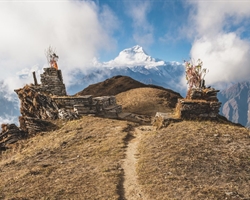
Khopra Ridge Trek
Less popular, less crowded, more beautiful alternative to ABC
- Nepal
- 10 Days
- BRS 4
- 4767 m
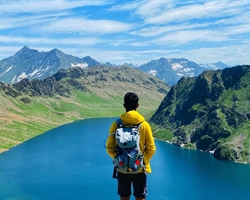
Tarsar Marsar Trek
A Shorter and Easier Alternative to the Kashmir Great Lakes Trek
- Kashmir
- 7 Days
- BRS 4
- 4024 m

Hampta Pass Trek
An Enchanting Cross-Over from Manali to Spiti
- Himachal
- 5 Days
- BRS 4
- 4200 m
Related Itinerarys

 Max Participants :
15
Max Participants :
15
 Trail Type :
Starting and ending at the same point
Trail Type :
Starting and ending at the same point








